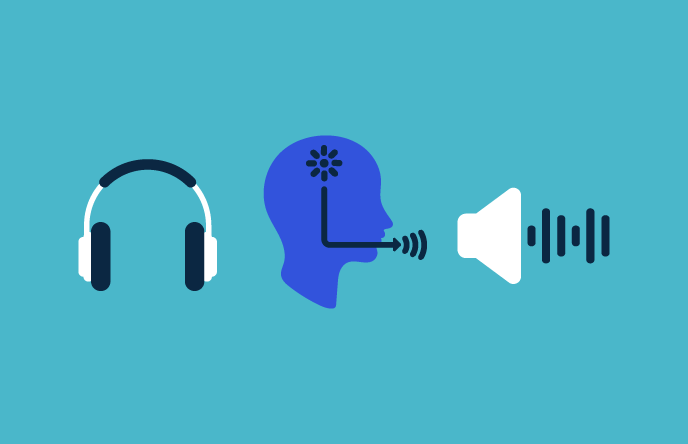13 September, 2021
Author: Robert Brockman
Free Resources: Healthy Adult
We are always committed to improving our coursework.
These are the latest updates to our resources for the Healthy Adult 6-week course "Contextual Schema Therapy". The course is designed to help Schema Therapists deliver interventions that explicitly target the healthy adult mode. It is packed full of skills and resources for building a healthy 'self'.
Here are three new resources that are now a part of the course.
We hope these new studies and free resources find you safe and well!
Exercise: Caring for Vulnerable Child
This exercise is useful for clients who have difficulty caring for themselves. It is key in schema therapy to support clients in developing self-compassion and the capacity to care for themselves, especially when in vulnerable child mode or one of the critic modes.
Abuse has many consequences.
It is natural for survivors of sexual abuse and domestic violence to think bad thoughts and feel badly about themselves as a result of internalized toxic beliefs. It is hard to approach this challenge in a purely cognitive way.
Interestingly, many abused clients are nevertheless able to care competently for their own children.
Why the contrast? We often find that their inner critic modes keep them from apply in this resource to themselves. Through imagery, we try to redirect and help them link this resource to themselves using their innate attachment system. This connection goes deeper than cognition, that is, it is important for clients to ‘feel’ the experience of compassion. Most clients can do so when imagining a distressed child (but not themselves). This exercise can be useful with client’s who show a lack of self-compassion and self-care but can nonetheless agree cognitively with the notion of compassion.
Step 1
Picture yourself returning home from work. It’s late and the daylight is fading. You’re walking along the street. In front of you appears the silhouette of a child. The child is about six years old.
[Note: Match the gender of the child to the client’s sex.]
Can you see the child?
Step 2
When you get closer, you realize that the child is weeping. Can you see the tears on his cheek? How do you feel? What is your impulse for reaction?
[Note: If your client shows a healthy, caring reaction, you can continue as described below. If he shows a lack of compassion, you will need to care for the child in the imagery and model an appropriate response for the client.]
Step 3
Can you ask the child what has happened to him?
[Note: Now you, the therapist, respond as the child by telling a story you know from the life history of the client or from prior diagnostic imagery work.]
Step 4
How does it make you feel when you listen to the story of the child?
[Note: Once the client realizes that it is his own story, stop and support him to remain in or shift into a healthy caregiving mode.]
Step 5
What does this child need now? What can you say or do for him? How do you see the child reacting? What else can you do for him? How do you feel, taking care of the child?
Reflection Time
When the exercise is complete, ask your client to remain with this feeling for some minutes,
before gently coming back into the therapy room. This will help the client to develop
compassionate self-soothing skills as part of the healthy adult mode.
You might assign this imagery as homework, eventually basing it on an audio recording from the session. Ask the client to go into this picture of compassionate self-soothing for a few minutes every evening before going to bed. This could become part of a good-night ritual, or even a healthy adult reminder (of the need for compassion) at the start of the day.



